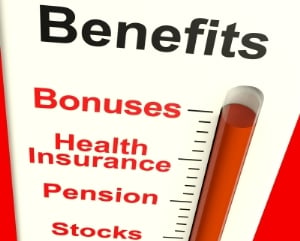
How can HR better meet the needs of all the generations in the workforce? In a word: flexibility

With people staying in the workforce longer, and another generation quickly approaching work age, there’s an increasing range of ages in the workplace. What does that mean for your benefits plan?
“You need to have an incredible flexibility within a benefits plan,” Green Shield’s Karen Kesteris said. “You can’t have one plan for 18-30 year olds and another for 30-50 and so on.”
She said there’s a move towards flexible benefits plans, which have come and gone in popularity over the years. Now it seems there’s another push in that direction, and since the variety in the workplace is here to stay, flexibility might be, too.
“It’s about placing the responsibility on the employee and taking the plan sponsor or employer out of the equation,” she said. “The needs are so varied on all different levels. It’s not just Gen Y and Baby Boomers – it’s also Gen X and those caught in between. How do you meet all their needs? It’s about giving them flexibility to pick and choose which benefits are suitable for the stage of life they’re in.”
There’s an increasing trend towards self-service.
PDF Financial Group managing director Peter Demangos agrees.
“With potentially four generations now working within the same organization, developing a program that will please everyone will become even more challenging for HR Managers,” he said. “As a result, we may expect to see more use of health care spending accounts to provide the necessary flexibility.”
Demangos emphasized the importance of flexible benefits as a creative way to attract and retain Gen Y employees, who appreciate programs that provide more flexibility and choice.